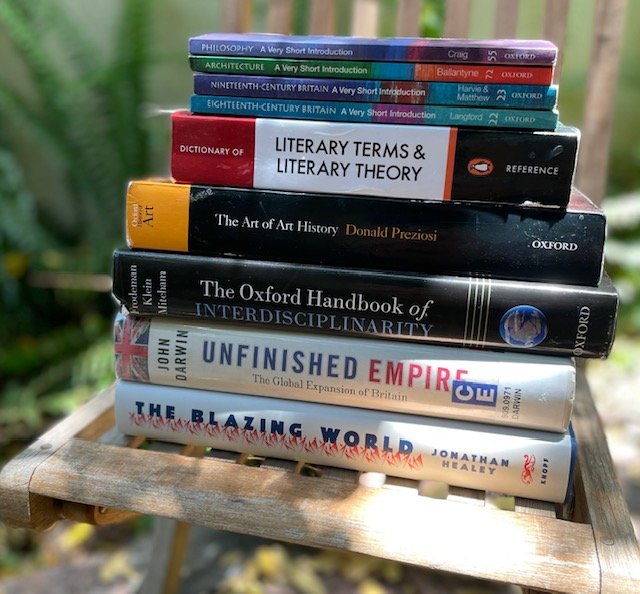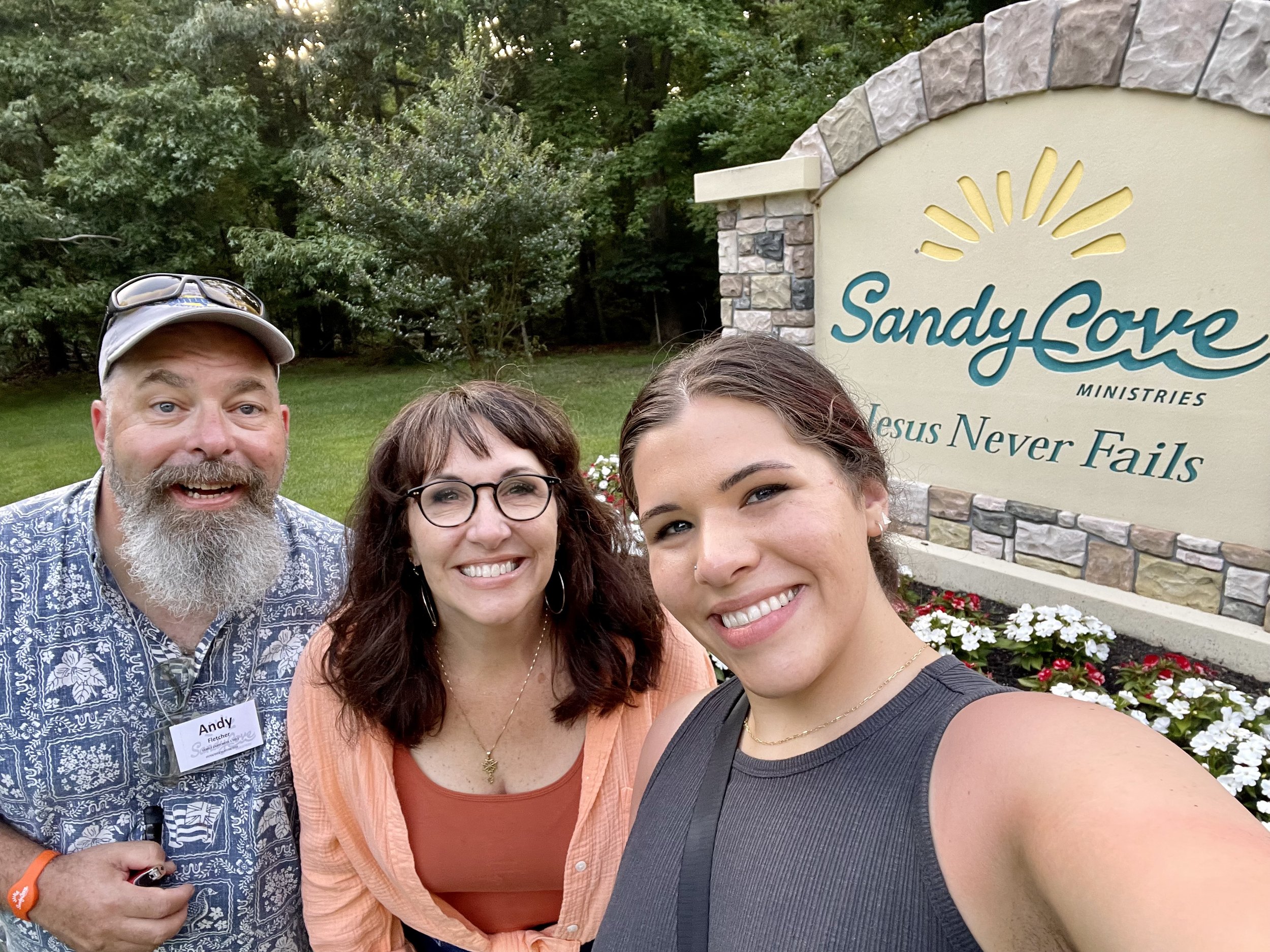>> This is a post about homeschooling. Just giving you non-homeschoolers fair warning so you can skip out and not waste any time. Affiliate links.
My high school junior has asked me to homeschool her English courses each year, and we've done a number of things together to boost her knowledge of great literature and college-prep writing.
This year we focused on literature of the 20th century, using the Sonlight 300 curriculum. I wrote a couple of posts on the Sonlight blog about how we organized our year using Sonlight 300, and you can read them here if you're interested:
Using Sonlight 300 for Our Unconventional High Schooler
4 Ways to Engage a High Schooler With Literature
In addition to our literature selections that spanned the turn of the century to the 1990's, I wanted Caroline to have some historical framework for the period she was reading and writing about. But I'm also teaching world history to the 5th grader, and we're in the 1700's, so that's no help. My high schooler needed her own level-appropriate historical discussion of the modern era, and specifically of the 20th century.
As I was pondering the best, most non-mom-involved way to go about this, Compass Classroom released their new Modernity video series. I love it when the stars align! I grabbed the streaming option and we were good to go, assigning her all of the topics and lessons that corresponded with the literature we'd already settled on.
Modernity is an excellent tool. The student can start and stop the videos as needed, take notes on the content, and answer questions sparked by the thoughtful dialog of veteran instructor Dave Raymond. Mr. Raymond teaches from a distinctly Christian worldview, placing events and people in the contexts of prevalent theology, literature, art, and religious views.
For our purposes, Mr. Raymond's discussions gave my daughter the relevant background she needed to understand the historical context of each literature choice. More often than not, she would finish a video lecture with an "Aha!" realization that helped her comprehend what was driving a character's actions or the plot of a story.
You can find the Modernity series here.
How We Organized Her Year Using Sonlight 300 and Modernity
1900’s - A Tree Grows in Brooklyn
Study Guide: 7 Sisters Study Guide
Modernity 12.1 Nationalism: The Principle
12.4 Making Nationalism International: Communism
12.4 Communist Manifesto
16:4 Woodrow Wilson
16.5 Wilson’s Presidency
17.1 The Principle
17.2 The Scope of the Great War & Its Beginning
1930‘s - Murder on the Orient Express
Study Guide: Sonlight
Modernity 21.2 G.K. Chesterton
21.3 Evelyn Waugh and Dorothy Sayers
21.4 C.S. Lewis
21.5 J.R.R. Tolkien
1930’s - The Grapes of Wrath
Study Guide: Penguin Guides
Modernity 20.1 The Principle
20.2 Hoover and the Crash
20.3 FDR and the New Deal
WWII - The Book Thief
Study Guide: The Book Thief
Modernity 20.5 The Austrian Devil: Hitler
22.1 The Principal and the Rise of Nazi Germany
22.2 The Rise of Nazi Germany II and the Start of the War
22.3 France, Britain, and The Soviet Union
22.4 The Empire of the Rising Sun
22.5 American Entrance and Early Battles
23.1 The Principle and the Invasion of Fortress Europe
23.2 The Fall of Man’s Empires
23.3 The Atomic Bomb and the Holocaust
23.4 Dietrich Bonhoeffer and Winston Churchill
23.5 Winston Churchill II
Apartheid (1950’s) - Cry the Beloved Country
Study Guide: Sonlight
Modernity 25.2 The Civil Rights Movement (skipping ahead in time, and also dealing with civil rights in America, not the rest of the world, per se)
1960‘s - The Wednesday Wars
Study Guide: Sonlight
Modernity 24.1 The Principle and Pop Art
24.2 TV and Suburbs
24.3 The Cold War
24.4 M.A.D. and China
24.5
25.1 The Principle and Kennedy’s Presidency
25.3 The Culture of Revolution
25.4 LBJ: War and Peace
25.5 The 10,000 Day War: Vietnam
1980's Hope Was Here
Study Guide: Sonlight
Modernity 26.1 The Principle
26.2 The Sexual Revolution and Abortion
26.3 Modern Israel
26.4 Watergate and Iran
26.5 Alexander Solzhenitsyn
1990's My Father’s Daughter
Study Guide: Sonlight
Modernity 27.1 The Principle and the Church Today
27.2 Ronald Reagan
27.3 Margaret Thatcher, Pope John Paul II, and the Leaders Against Communism
27.4 Gorbachev and the Fall of the Evil Empire
27.5 Postmodernity
You can modify the above schedule to fit your student's needs, but I'm also a big believer in not reinventing the wheel, so if this would work for you, go for it!









